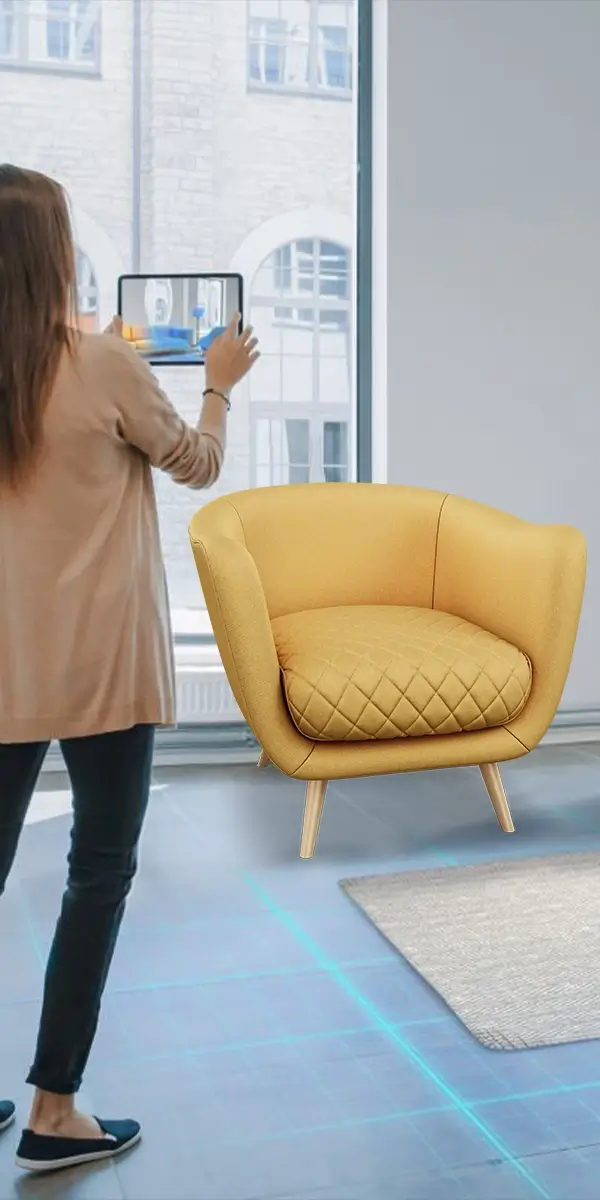In e-commerce, product variants refer to different options or variations of a particular product that customers can choose from. These variants can include variations in color and size. To showcase these variants using a single 3D model, e-commerce platforms often utilize interactive and customizable visualizations.
Here's an example to illustrate this concept: Let's consider a virtual furniture store that offers different variants of a chair. Instead of creating a separate 3D model for each variant, a single 3D model of the chair can be created as the base model. This base model will represent the core design and structure of the chair.
To demonstrate the product variants, the 3D model can be dynamically modified in real-time based on the customer's selected options. For instance, if the customer chooses a different color, the color of the chair in the 3D model can change accordingly. Similarly, if the customer selects a different size, the size of the chair in the 3D model can be adjusted to reflect the chosen size.
Additionally, other attributes such as material or style can also be modified on the fly, allowing customers to visualize and select the exact variant they desire. These modifications can be achieved using interactive features and tools that are integrated into the e-commerce platform's product pages.
By utilizing a single 3D model and dynamically altering its attributes, e-commerce platforms can provide a more engaging and realistic shopping experience for customers, enabling them to explore and choose from various product variants without the need for separate models for each option.


